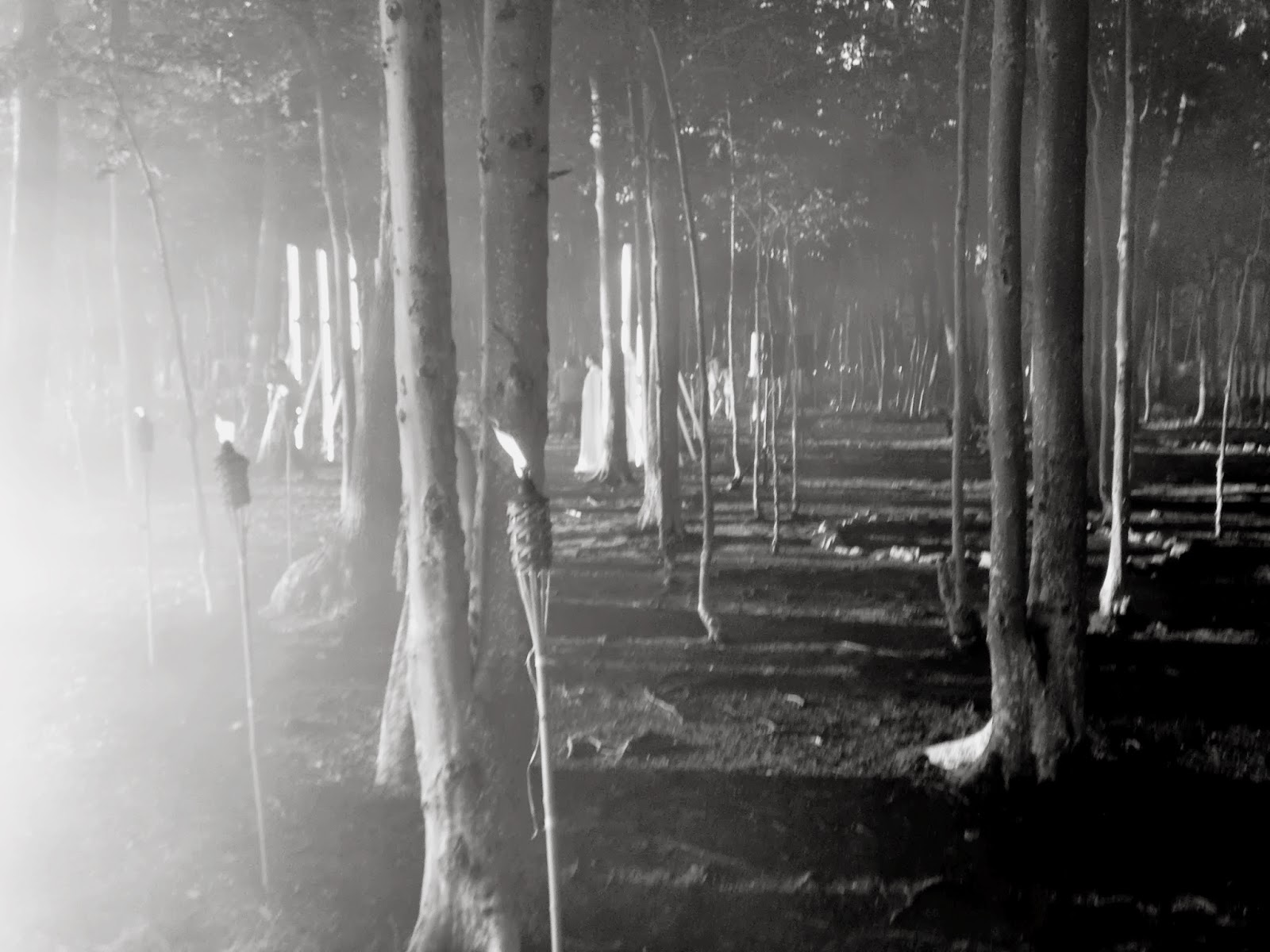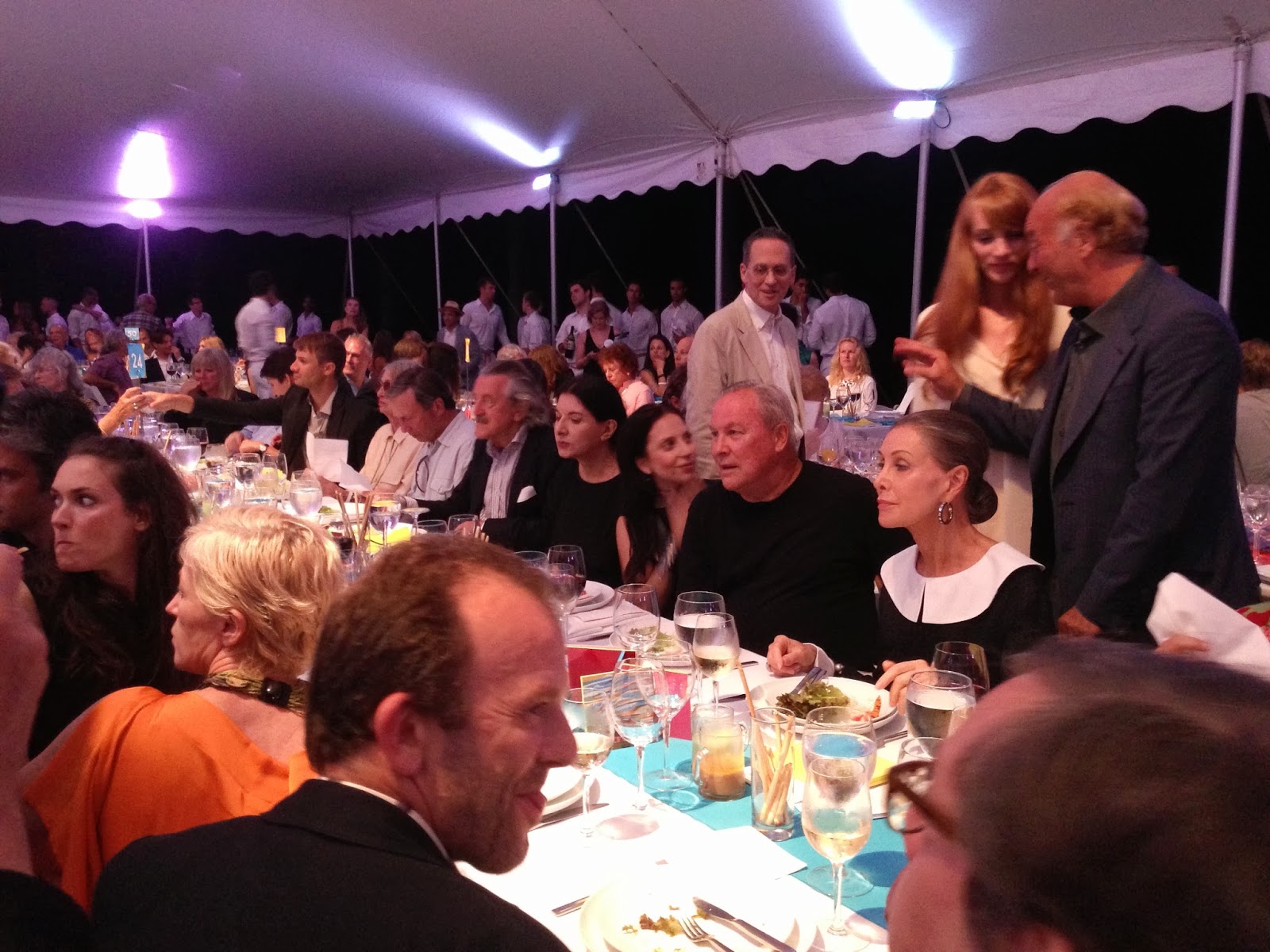Karen Ann Myers is expecting people to freak out at her Halsey
curatorial debut. She's organized a show that challenges the most sacred
possessions in human history, the Bibles and the
Great Gatsbys and the
Twilights of the world: books.
Some books can be written off as carriers of information, while others
are simply beach-read trash. But many are actually objects of desire and
value — that's why whenever Myers moves somewhere new, she packs and
unpacks her two huge bookshelves, even if she has no problem throwing
away plenty of other belongings.
"Books are really sacred," Myers says, which is why the works featured in
Rebound: Dissections and Excavations in Book Art
may be so jolting to its audience. "[Viewers] will not be able to see
the work as an artwork. They are only going to be able to see mutilated
text. But books are conversations, books are living material. That's why
people value them and why they're so disturbed by their destruction.
This understanding of the importance of the book is so remarkably
ingrained in human psychology."
On its most basic level, book art is a long-standing medium (think of
the artfully bound scrapbook, for example). But the works in
Rebound
push books beyond the limits as we know them, transforming them into
something new. Essentially, this kind of art is giving books a second
life.
When Myers first started putting together the show, she wanted to focus
more on actual interventions with books. That generated a list of nearly
200 artists, all of whom were taking book art and turning it into
something more. In the end, she wanted artists who used the book in a
sculptural way, and she eventually settled on the five who are featured
in
Rebound. Using tools like scalpels, pliers, and tweezers,
these artists are picking apart the pages of books layer by layer,
exposing their architecture for a greater purpose. "They're all making a
statement about our information age and the digital media's impact on
that, and I would say that they're all interested in remixing
preexisting works to create something new, transformed, and a sculptural
work," Myers says.
Doug Beube, one of the participants and a forerunner in this kind of
book art, doesn't even consider himself a book artist. "I don't think
anybody in the exhibition considers themselves a 'book artist,'" he
points out, "and the reason is because we're working from collage and
sculpture."
While he kept journals throughout his life, Beube discovered book art as
a grad student in 1979. At first, he wanted to learn how to bind, but
soon he was more fascinated by the idea of pulling the book apart. Now
he approaches the materials like another artist would a block of wood.
"I began to work with individual pages and cut them so you could see
through them, and then eventually I went from cutting singular
modalities into working with power tools," he says. "It was like drawing
on books, but I'm using a belt sander."
Technology and the internet also play a role in Beube's work. Early on,
he tried to reference the systemic nature of the book, looking at it as a
form of technology itself — one that had limits, unlike a computer or
the internet. Still, he tries to apply quasi-ideas of cutting and
pasting, hypertext, and hyperlinks to his analog books. "It doesn't
work, because the book is still linear," he says, "but it's the attempt
to do it."
Ultimately, for Beube, it's like going on an archeological dig, but he
still strives to maintain the book's functionality. For many of his
pieces, the viewer still has control over turning the pages, which gives
the audience a different visual experience as they move the sheets back
and forth. The viewer has to slow down, because the pages are now more
fragile than before. "We're very quick with our computers and scanning
and et cetera, so I'm playing a lot off that idea if you want to handle
my books, you've got to turn the pages slowly," he says.
Although Beube's Halsey pieces will be much too delicate for interaction
on the massive scale that a Spoleto exhibit can guarantee, the
institute will create an animation to recreate the experience of page
turning.
Beube is joined by Guy Laramée, who has a standing love affair with
landscapes that he carves into the books. He shaves away at the material
to create mountains, hillsides, and seascapes. Meanwhile, Brian Dettmer
works frequently with antiquated books, like dictionaries and
encyclopedias, transforming them with knives, tweezers, and other
surgical equipment. "As he's going through the book page by page, he
can't really control what's on the pages below, but he can control how
he reacts to it," Myers says. "[It's] kind of like reading, how one
would read a book — you can't really control what's on the next page."
And nothing is ever added to or taken away from Dettmer's book.
Francesca Pastine uses copies of the arts and culture magazine
Artforum
to create her sculptural interventions. She cuts away at them, but
always preserves some aspect of the cover, creating an unofficial
collaboration with another artist. "When featured on the gallery walls,
Artforum,
which is an arts and culture publication commenting on the art world,
becomes the subject of criticism and adoration instead of being the
commenter," Myers says. "It's also a way for Francesca to insert herself
into the art world conversation, which she may not be a part of
otherwise."
Long-Bin Chen will serve as the artist-in-residence for the show. He
carves Buddha heads from phonebooks that, at a distance, look almost
like marble or stone. They're meant to represent the looted heads of
ancient Asian figures that have been sold to Western museums and
collectors. He calls them "caring Buddhas," since they end up containing
hundreds and thousands of names in their heads.
While each artist will have roughly eight to 15 pieces in
Rebound,
the Halsey's curator of education Lizz Bizwell and local company
Bibliolabs will create anthologies for each artist, immersing viewers in
the artists' worlds. Bibliolabs is sponsoring the show, despite their
focus on digital publishing. Still, their anthologies will let viewers
see an in-depth version of their collections to help immerse them in the
artists' worlds. Guests will have the chance to learn more about the
participating artists by browsing previous works, watching videos,
reading press clippings, and seeing photographs of studios.
"The thing that's great about this project with Bibliolabs is that it
allows us to present the information in very high resolution," Myers
says. "You could zoom in and get crazy details on each of the artist's
works, which is something that's difficult to do in other ways."
Despite this addition of digital technology,
Rebound is a
celebration, an exploitation, a redefinition, and a resurrection of the
book. The artists are honoring the book, but they're also forewarning
viewers about the fine line between their role as monuments and their
potential as ruins. Myers hopes that viewers realize that the artist
interventions are making the books even more sacred, returning the books
to a new life without destroying them.
"Artists often cause us to ask questions about things that we didn't
know we needed answers to," Myers says. "This is a really exciting time
for books, because books are kind of in a state of limbo, existing
somewhere between life and death, certainly because of the age of
technology and the digital media ... It might seem that books are under
threat because of this, but it's more realistic that they're at a point
of transition."

















































